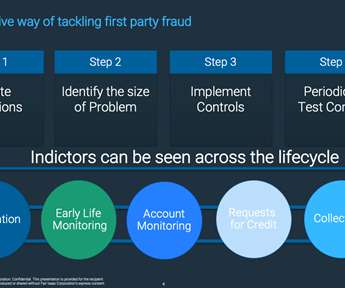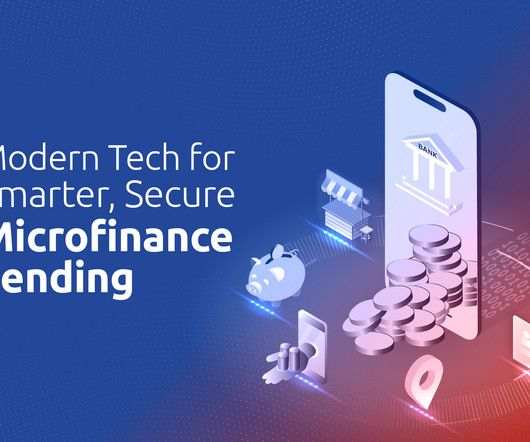Understanding Risk Management Strategies as a PayFac
Stax
AUGUST 22, 2024
PayFacs handle risk assessment, underwriting, settling of funds, compliance, and chargebacks which exposes them to greater potential risks. Major risk factors for PayFacs include fraudulent transactions, merchant credit risk, regulatory compliance, and operational risks.















Let's personalize your content